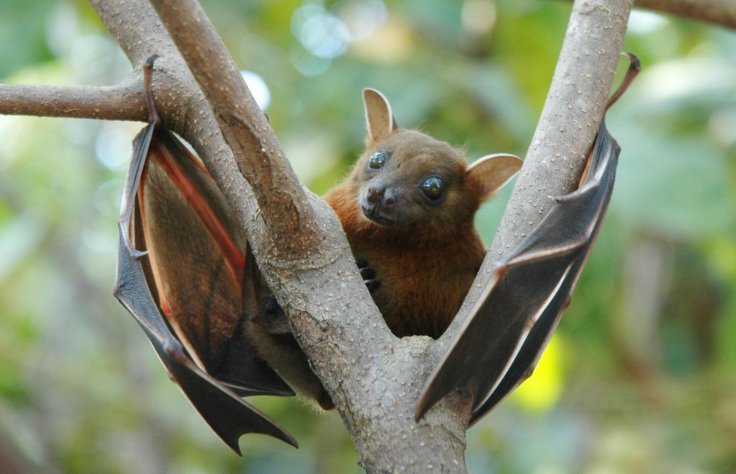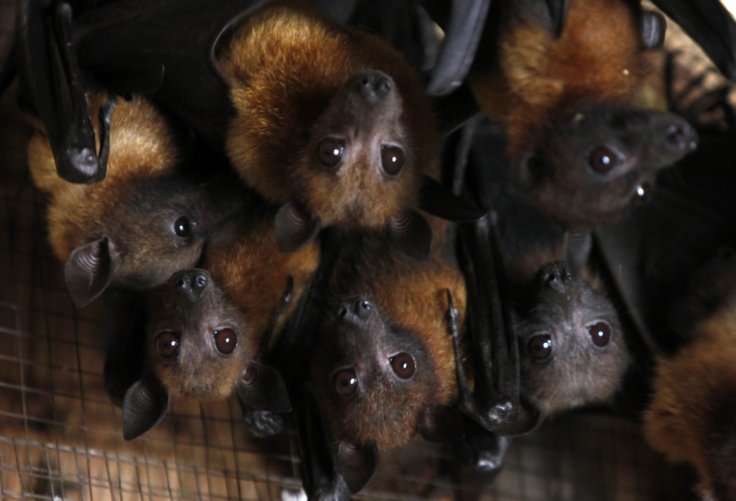The world is trying its best to grapple with the COVID-19 coronavirus outbreak which is believed to have originated in bats. At a time like this, a new study suggests that widespread hunting of certain species of the winged mammals are leading to a decline in their numbers. This is also increasing the risk of human exposure to the pathogens borne by bats, emphasized the authors in a statement.
According to researchers from the City College of New York, the unrestrained hunting of the world's largest species of bats — known as flying foxes — across Indonesia and the Philippines has led to the dwindling of their numbers. The study traced the origins of flying foxes to specific islands and explored their diversification.
"This study provides insight into biodiversity conservation and public health. Islands are frequently home to endemic species found nowhere else," said Susan Tsang, lead author of the study.

Diversified from an island ecosystem
The researchers discovered that the origin of the flying foxes could be traced to Wallacea, a group of islands in Indonesia. "Wallacea seems to have played a significant role in the evolution of Pteropus (flying foxes) and can be viewed as the epicentre of species diversity based on the density of species relative to the size of the region," the study said.
By flying to other islands that seemingly lacked competitors, they evolved into various species and thrived. "Their predilection for islands is perhaps because competition for fruit with ruminants and primates limits the distribution of flying foxes on continental areas," wrote the authors.
Hunting has more than one ill-effect

In a statement, the researchers stressed that hunting, along with the depletion of numbers, also led to increased chances of zoonosis — exposure to animal-borne pathogens. "For instance, the current case of Wuhan Coronavirus is thought to have been spread from wild bats to humans through an intermediate host at a wildlife market," said David J. Lohman, co-author of the paper.
The researchers highlighted that flying foxes play a wide range of roles such as being pollinators of economically and ecologically important plant species, and enabling the regeneration of dependent trees on certain islands. Also, species endemic to islands are at a greater risk of endangerment or extinction when compared to continental species, they added.
Bats — petridishes for deadly viruses
The fears of the authors about zoonosis are not unfounded. A recent study discussed at length the reason behind deadly coronaviruses and other pathogens descending or being passed on from bats to other animals, including human beings. The study illustrated the fact that the immune responses of bats functioned at levels that would prove fatal if an equivalent response was triggered by the human immune system. In conjunction with the immune response, anti-inflammatory responses protected the bats from deadly outcomes.

However, the viruses that are subdued by the bats' immune systems, continue to remain in their bodies as long-term persistent infections. While in their bodies, the pathogens continue to evolve and mutate into deadlier forms and finally spread to animals with weaker immune systems mostly through an intermediate host, often with fatal results for the final hosts. The pangolin is speculated to be the intermediate host of the COVID-19.









